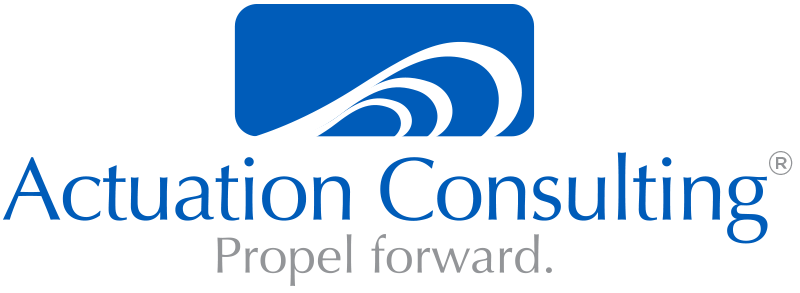How do you keep your product and product team fresh and creative throughout the product development lifecycle? What differentiates those project managers who seem to have a successful team no matter what group of individuals they’re working with — versus those who seem to always have a dysfunctional team and troubled projects?
The answer to this question was never very clear to me early in my career. In my search for clarity, I read “Surfing the Edge of Chaos,” an article by Richard T. Pascale from the book Strategic Thinking for the Next Economy.[1] In his article, Pascale wrote about “complex adaptive systems,” which I translated into meaning “products.” He noted, “What makes a system complex and adaptive is the ability to anticipate and be proactive.” Said another way, human beings are complex and adaptive, and it’s our ability to anticipate and be proactive that allows us to survive.
Pascale helped me connect a project team’s ability to survive and be successful with its ability to anticipate change and be proactive. Pascale also wrote, “Stable equilibrium equals death.” For any system to survive, it must cultivate variety into its inner workings. If it fails to do so, it will fail to adapt to change successfully when it comes externally. While equilibrium endangers living systems, it often wears the disguise of an attribute. Species (people) are innately drawn toward stability and equilibrium – and the further they drift toward this destination, the less likely they’re to adapt successfully when change is necessary.”
We see this in products that have been on the market for several years. A once market leading product starts to show signs of aging, declining quality, and issues with customer retention. How do you cultivate a successful project team and prevent a once-functioning team from falling into the trap of complacency, unable to adapt to the new project?
The answer lies with something I like to call creative disruption. Creative disruption is the ability to periodically create a bit of disruption or change in the team to keep them fresh and functioning. It’s is a method to stop or disrupt the monotony of the everyday. Just because something worked for a team on a prior project doesn’t mean it will work on the next project. Keep the team on their toes and in a mode of constant, critical thinking. Your project results and team dynamics will dramatically improve as this technique prevents stagnation and complacency.
This change can be something as simple as co-locating team members or changing the development approach to the project. Implementing team change has got to be something that becomes natural and understood. Large, sweeping team changes rarely go well because the team isn’t used to and hasn’t recently experienced this type of change. The team has allowed itself to become stagnant, and big changes are perceived as completely disruptive. Small, steady streams of creative disruption in a project team can lead to better efficiency and productivity of its members and are better received than change introduced in a big-bang approach.
Creative disruption can also provide continuous improvement throughout the project. Often, project managers wait until conducting a lessons-learned exercise to identify opportunities for improvement, and then they don’t implement the lessons until the next project. By that time, the project is different, the team is different, and the lessons are old and may no longer apply.
Stop waiting and start addressing!
Continually evaluate the project and implement small changes to improve team efficiency and delivery during the project. Be creative if you have to. Creative disruption will have a very dramatic effect on building team bonds and furthering team integration as you strive to create that adaptive “ideal” team.

